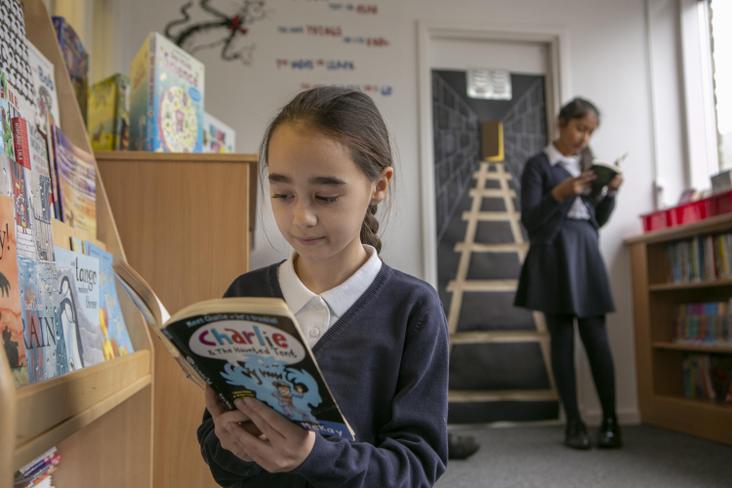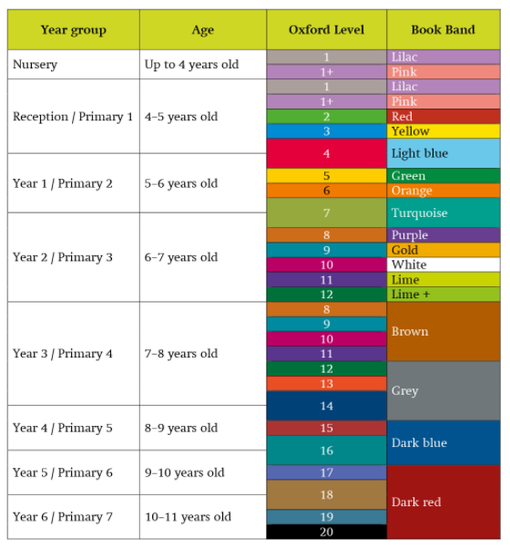Our Curriculum and Beyond
Reading at Parkside

What phonics schemes do we use at Parkside?
As a school, we follow the Floppy's Phonics programme. It is a rigorous, easy-to-use systematic synthetic phonics teaching programme for early reading and writing success. It introduces the children to the letters and sounds (the alphabetic code) that are at the foundation of all reading and writing.
It follows a 4-part planning sequence:
- Revisit and review
- Teach
- Practise
- Apply
This is taught over 2 sessions. Part 1 and 2 happen on the 1st day and is whole class. It revisits previously taught sounds and graphemes. Then we teach the focus sound and grapheme using flashcards and Floppy's Phonics online.
Session 2 includes parts 3 and 4 - it is a longer session and the focus is on practising the new sound and grapheme taught. We use the sound book and activity sheet to practise these.
More information about the scheme can be found on the link below. There are some useful videos on here (further down the page) that are worth watching as they show you how to pronounce the pure sounds correctly and how to blend sounds to read words.
Reading at Calverley Parkside
Throughout Reception and much of Year 1, Reading is taught with small groups guided by an adult to both decode and orally answer comprehension questions. We place a huge amount of importance on teaching children to become fluent readers early on. To support this, we ensure that our classroom environments are language rich and engage the children in reading at every opportunity. Children also have the opportunity to read 1:1 with an adult each week, many will do this daily until they become fluent readers. We use EARS (Expression, Accuracy, Rate and Smoothness) grids to measure, assess and set targets for children to become fluent readers and remain so throughout school.
Throughout school we teach key reading skills using a whole class reading approach. Using a quality text, often taken from the Owlcotes reading list, lessons contain a fluency or comprehension starter, a teacher modelled skill, a chance for children to practice this skill with the familiar text and finally an exam style question or questions to be answered independently. These questions and answers are then discussed and improved upon during the lesson so that all children can achieve the learning objective. This approach ensures challenge and exposure for all with much of the discussion carried out in mixed ability pairs or groups so that everyone feels confident to join in with the learning. We use a range of sentence stems to support children in forming answers and fully explaining their understanding. These are displayed on Reading working walls and referred to during teacher modelling. Each strand of the reading curriculum is covered in this way with particular emphasis on inference and vocabulary skills as these take the longest to develop and refine. We ensure children have ample opportunity to apply these skills to a range of non-fiction texts that have been carefully selected to form our Owlcotes non-fiction reading list. These texts both compliment our curriculum topics and reflect a wide range of layouts and structures.
A guide to book bands is below, to support you in knowing what current level your child is reading at.

In addition to these books, we also have a wide range of other texts within each book band to ensure that all children are able to choose interesting and engaging books.
Get In Touch
- Victoria Street,
Calverley,
Pudsey,
LS28 5PQ - 0113 257 0884
- office@cps.owlcotesmat.org

